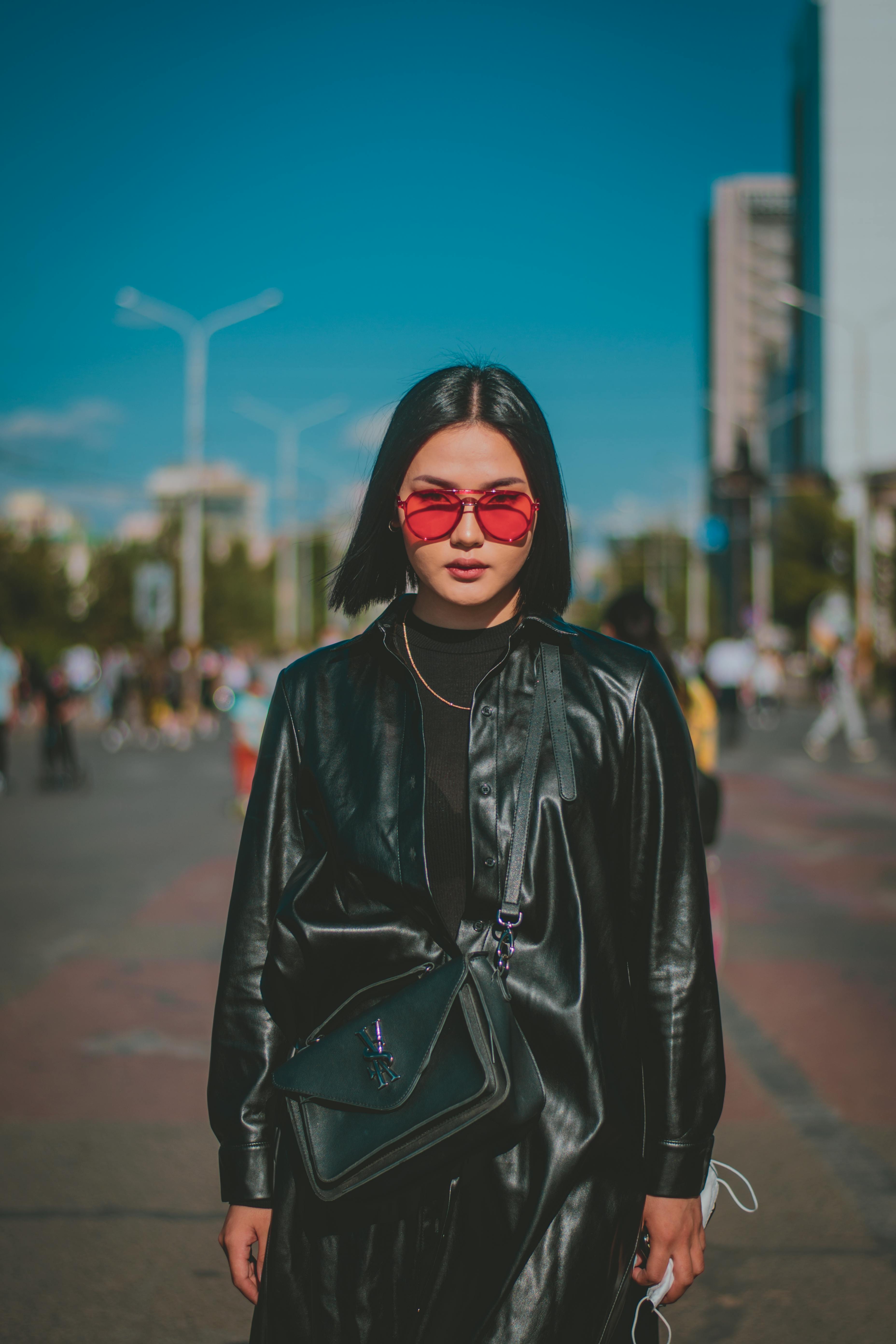In the Philippines, bridal customs may differ depending on the region, religion, and nationality. Some couples, for instance, make a special sticky corn https://medicamondiale.org/en/where-we-empower-women/afghanistan cake or perform standard religious ceremonies. Many people organize things equivalent to a rehearsal dinner for their visitors in a more contemporary environment.
Filipinos also have ceremony sponsers or “aunties and aunts,” although the majority of people may include a maid of honor. These special guests are known as the “ninang” or “ninong” for the bride, “ninong” for the bridegroom, and “ninong” for the bridegroom. They participate in ceremonia, including rope ceremonies, penny ceremonies, and veil ceremonies.

In the Philippines, seeking familial approval is a big part of the ceremony custom. In front of the rest of the wedding guests and occasionally even the priest, the ninang or ninong gently touching their parent’s hand to their own forehead, although this is n’t always done during the ceremony itself. This movement acknowledges that their families are giving their daughter to their partner and shows value for them.
Another significant wedding service is cebuanas review known as the pamamanhikan. This crucial stage of a married woman’s relationship is significant because it represents the man’s commitment to his forthcoming sister’s union with her home. The woman’s relatives accepts his plan after that.
A well-known icon in Philippine marriages is the aras or arrhae. It is a wedding ornament with thirteen coins that represent the couple’s great health, happiness, and fortune. It is typically held by a lovely coin carrier. During the meeting, the bridegroom next places the arrhae or aras on the couple’s forearm.

